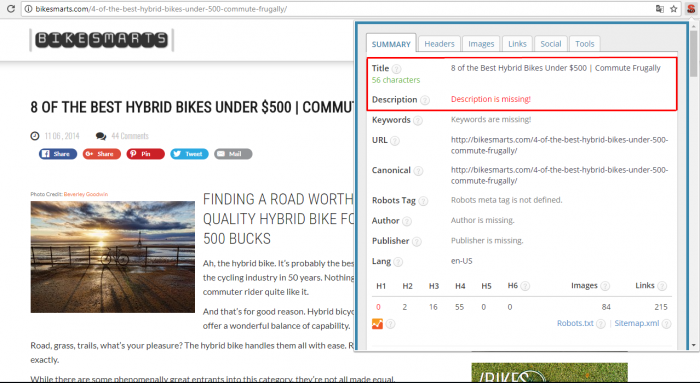Your cart is currently empty!
Tag: Post
-

Content Marketing In 2022 | Why Just Publishing Your Post Is NOT Enough?
[ad_1] Fantastic, you have created a blog! You did the research, wrote the article, you might have even gotten some good quotes and statistics sprinkled into your content. But what you haven’t got is a lot of readers. Unfortunately, a blog isn’t going to pick up on traffic unless you prime traffic to happen. But,
-

How to Re-optimize Old Blog Post in 10 Minutes: Improve Ranking & Traffic
[ad_1] Already got a perfect article on a popular topic but still no traffic? What can be the reason? The problem may be is that you have not done high-quality search engine optimization and that’s why your article doesn’t get all the attention it is worth. To put it right we’ll be using information about